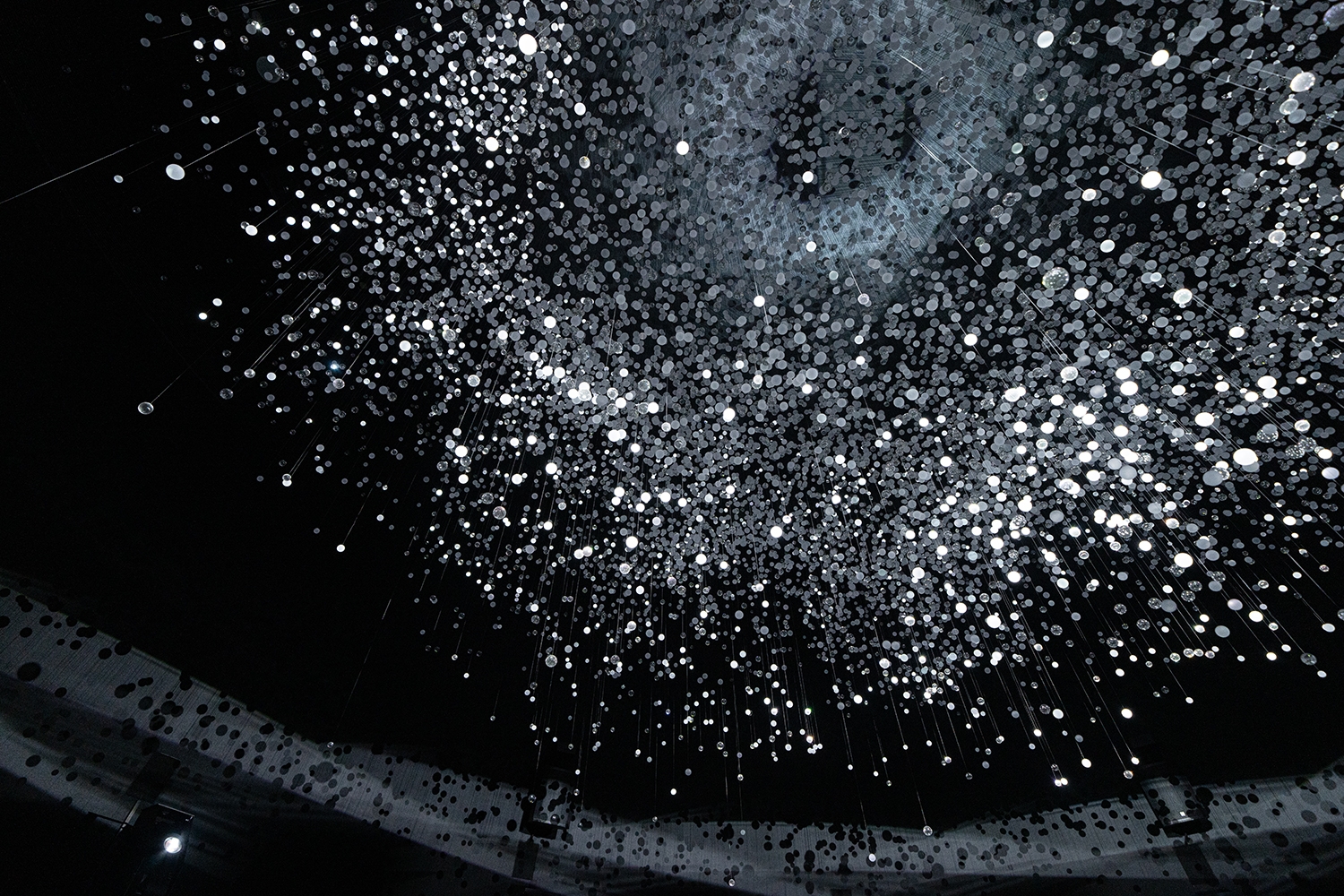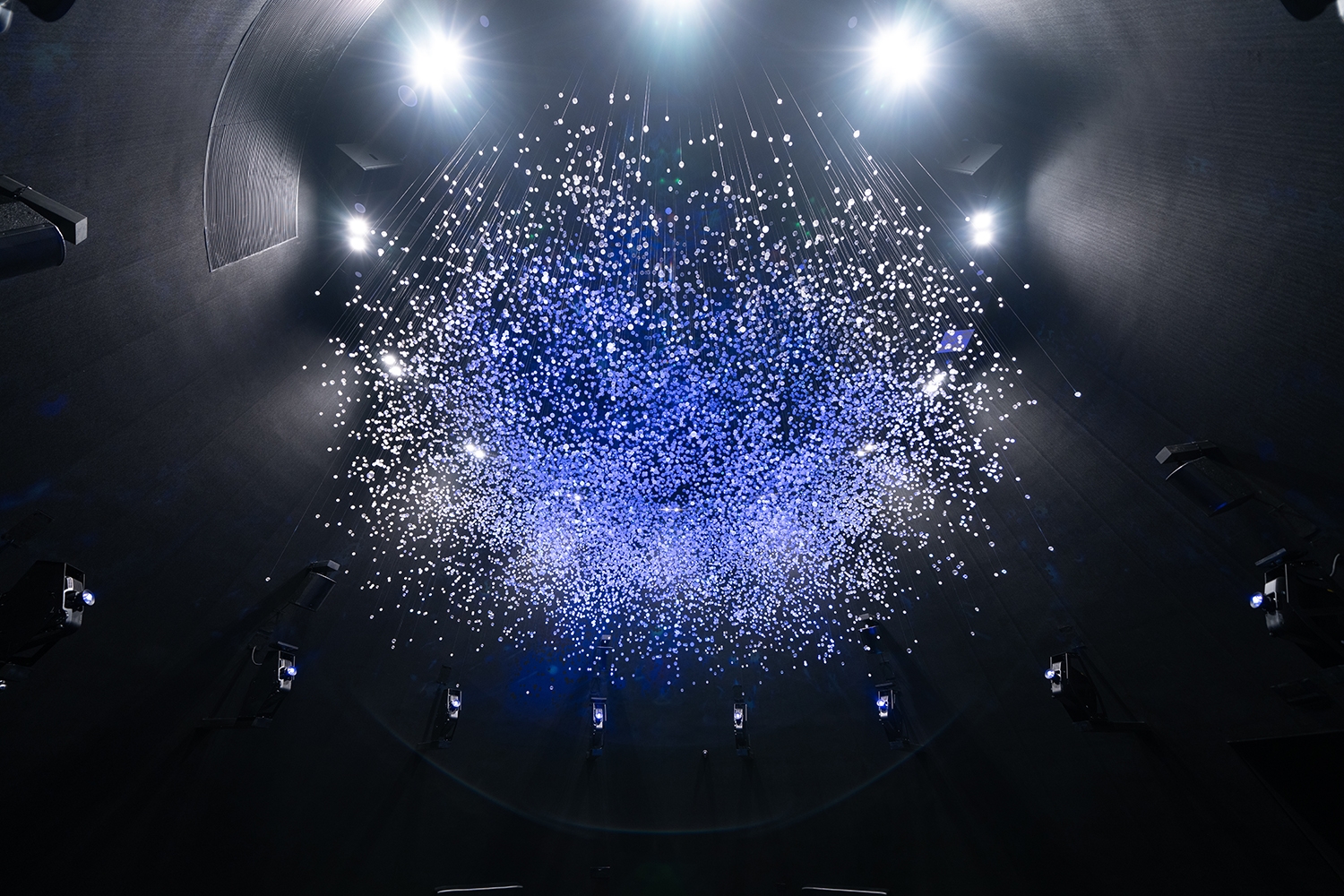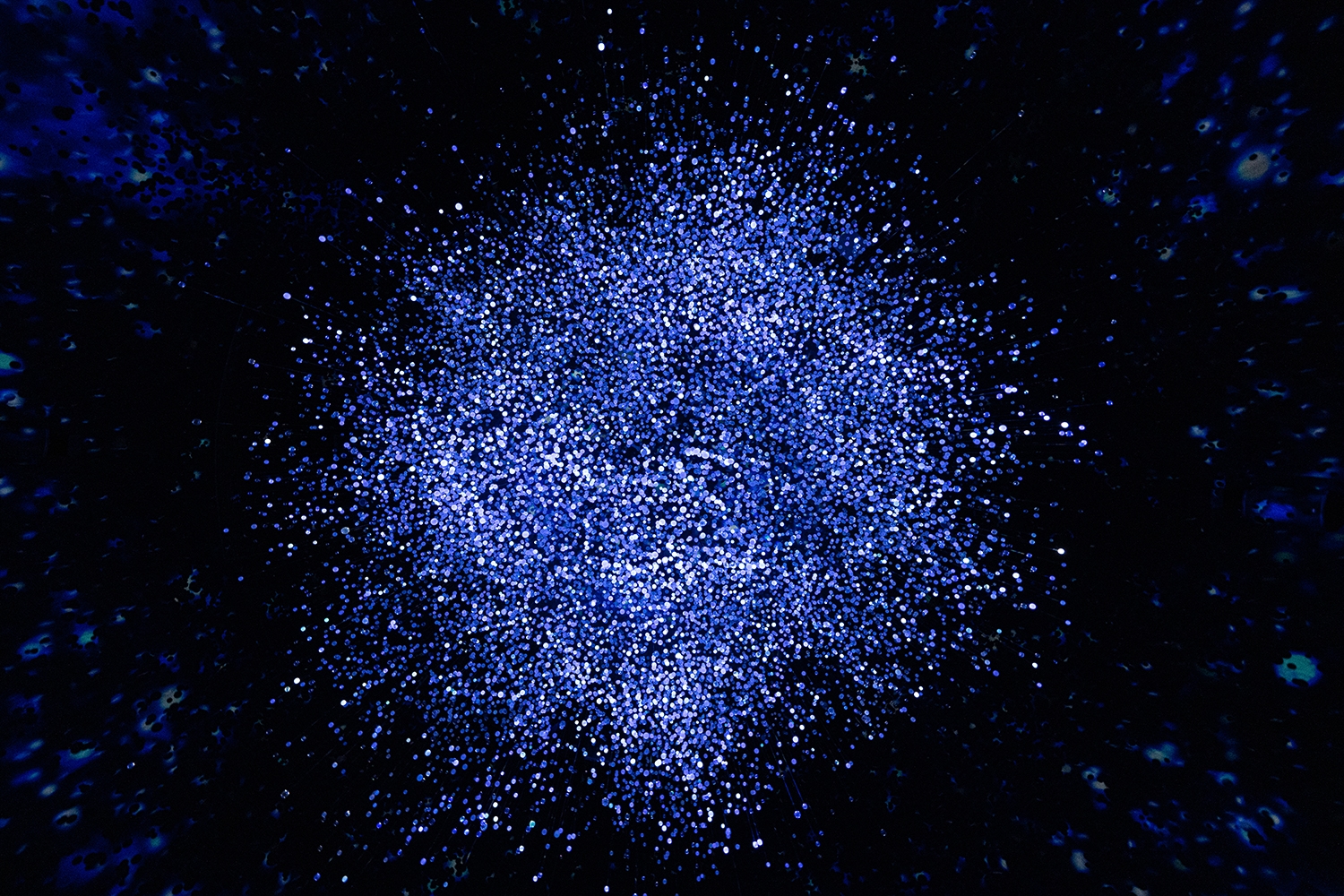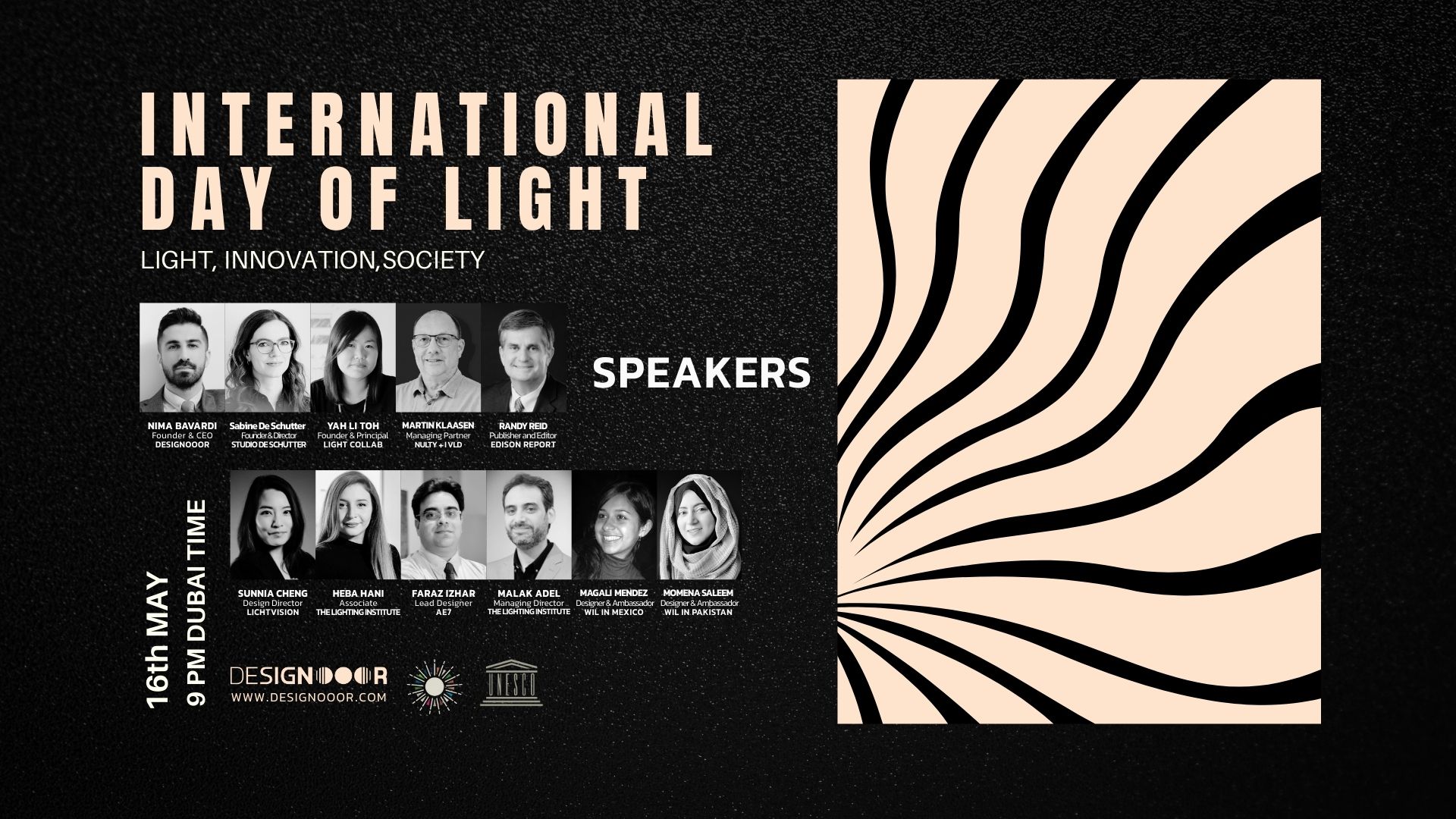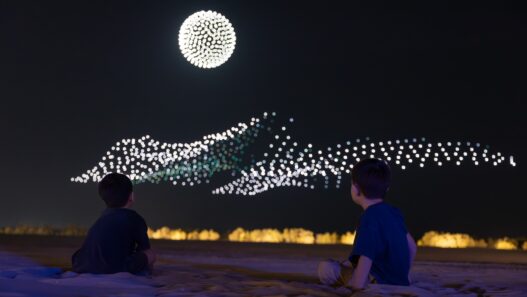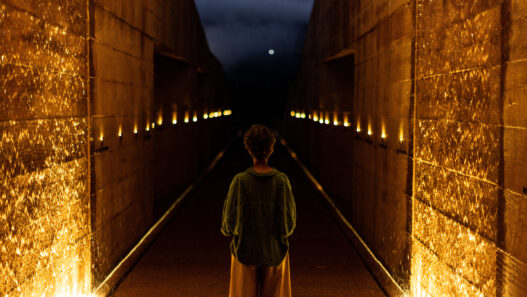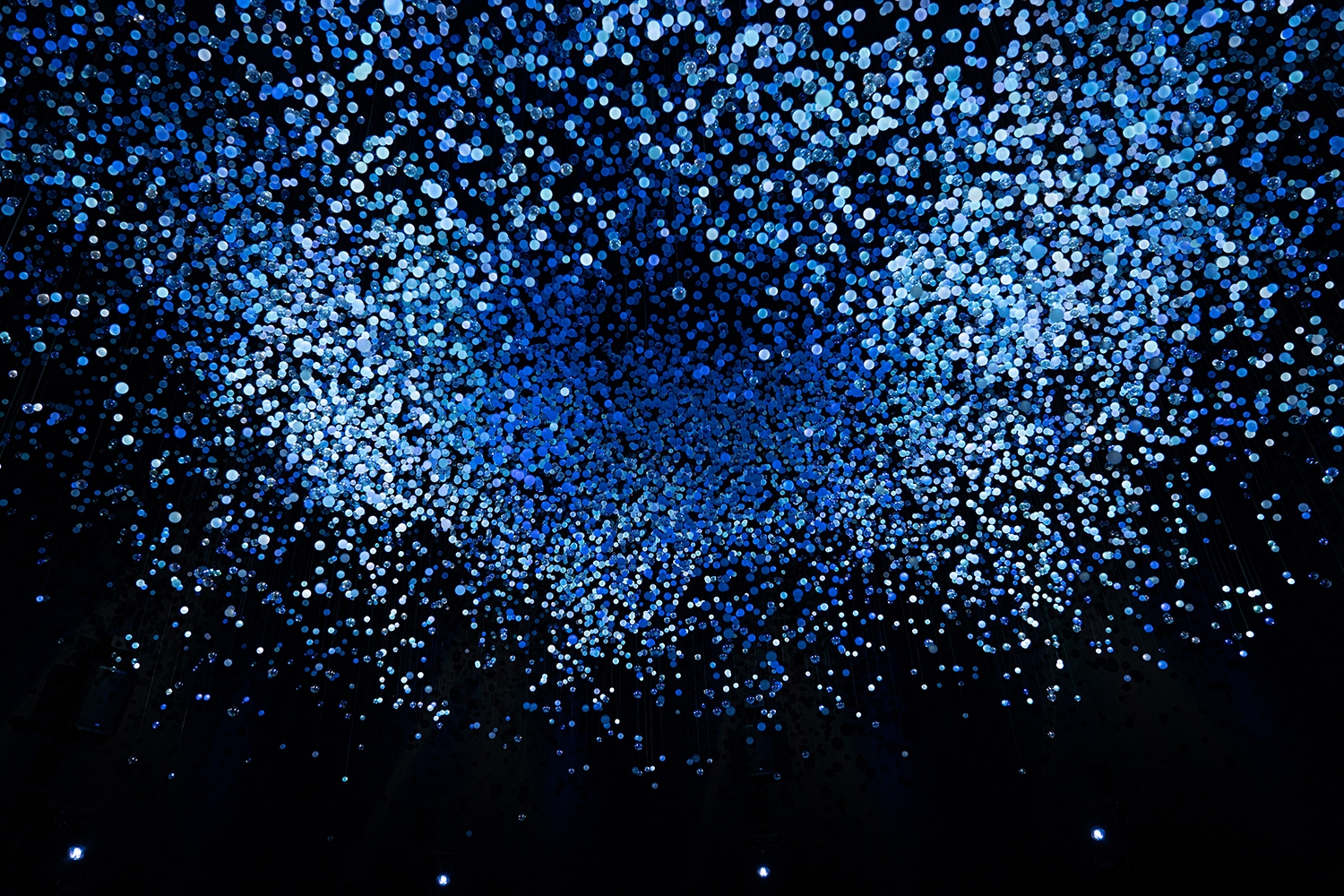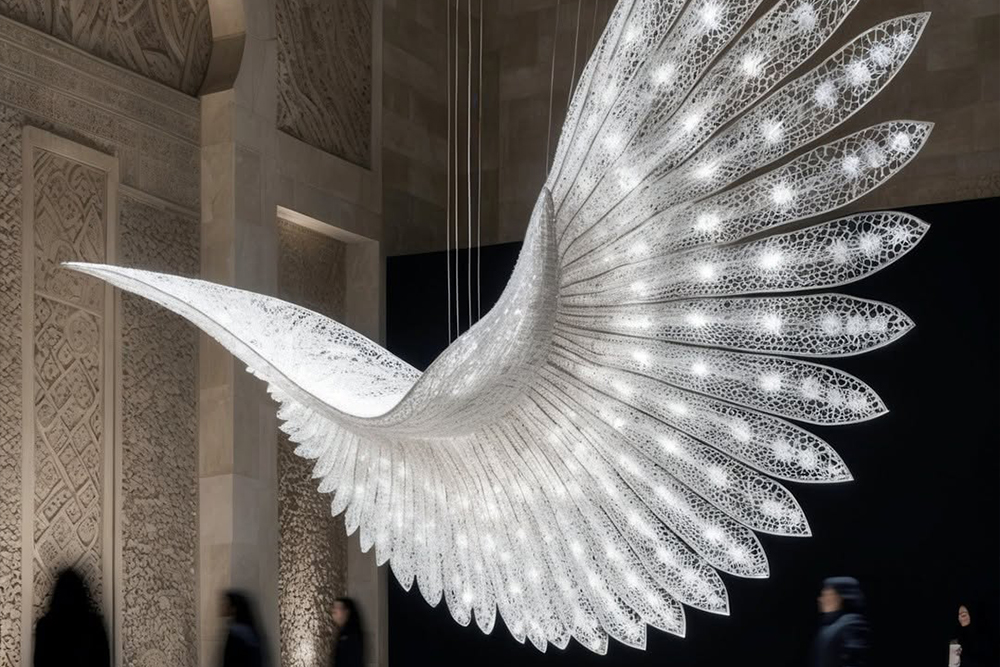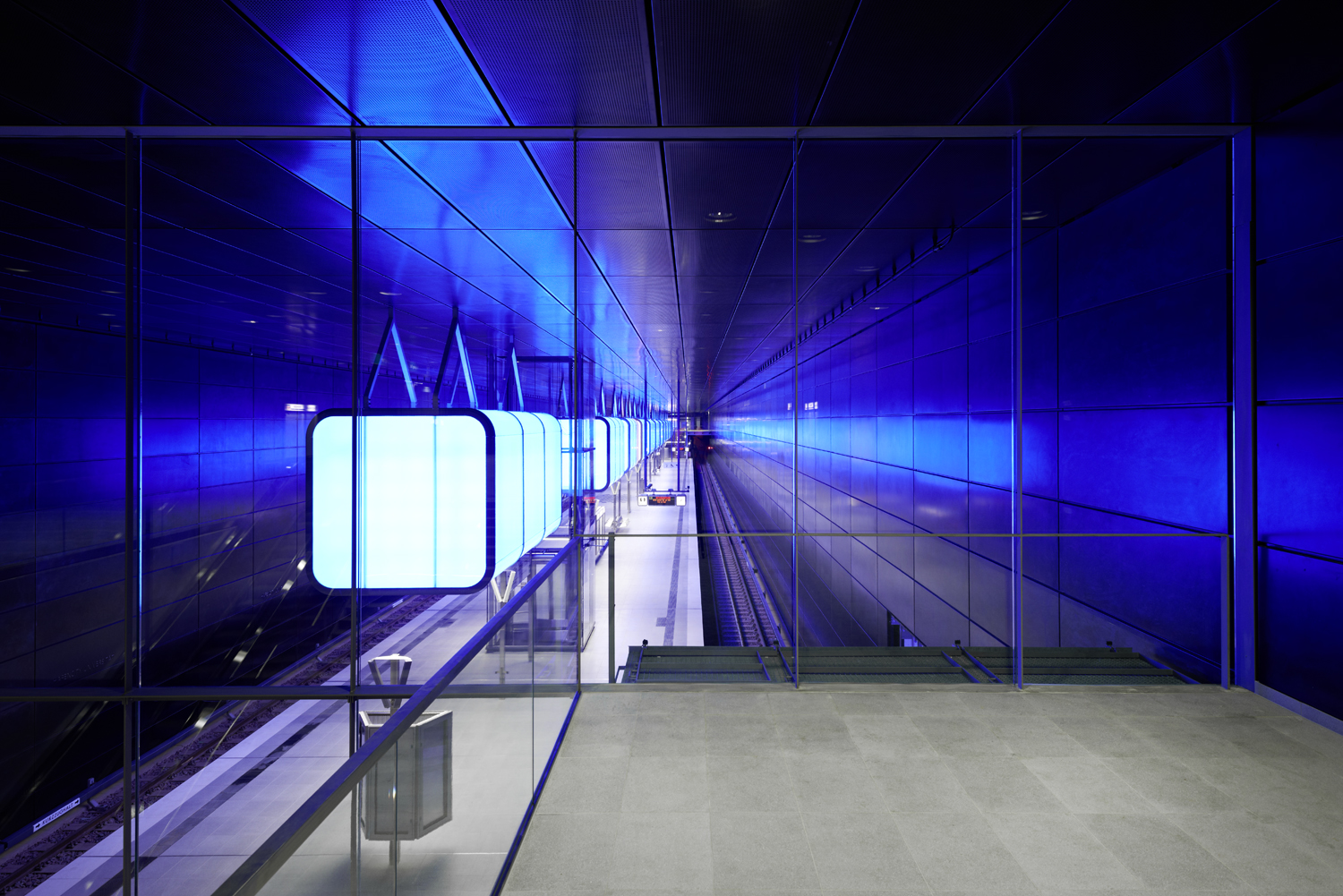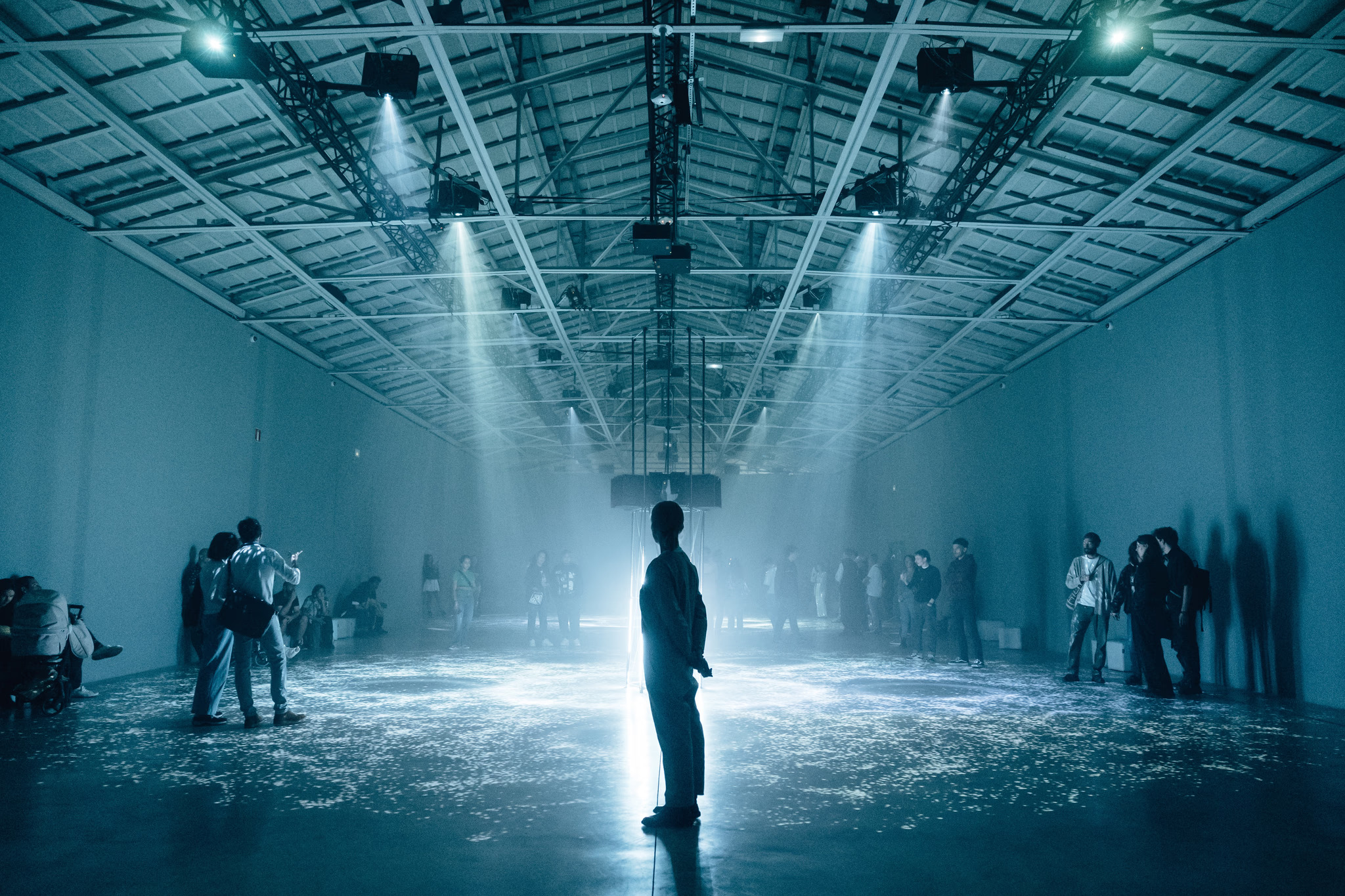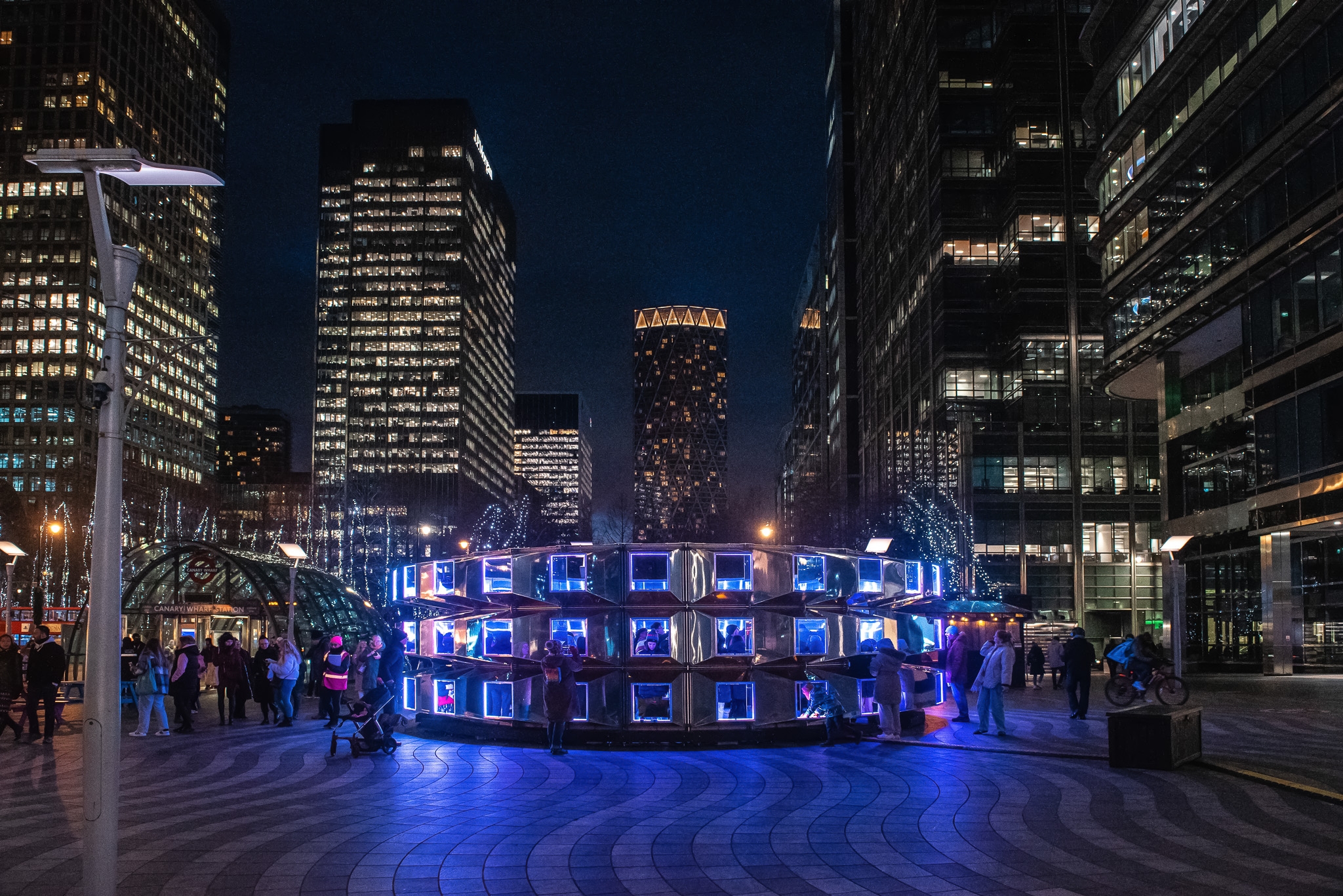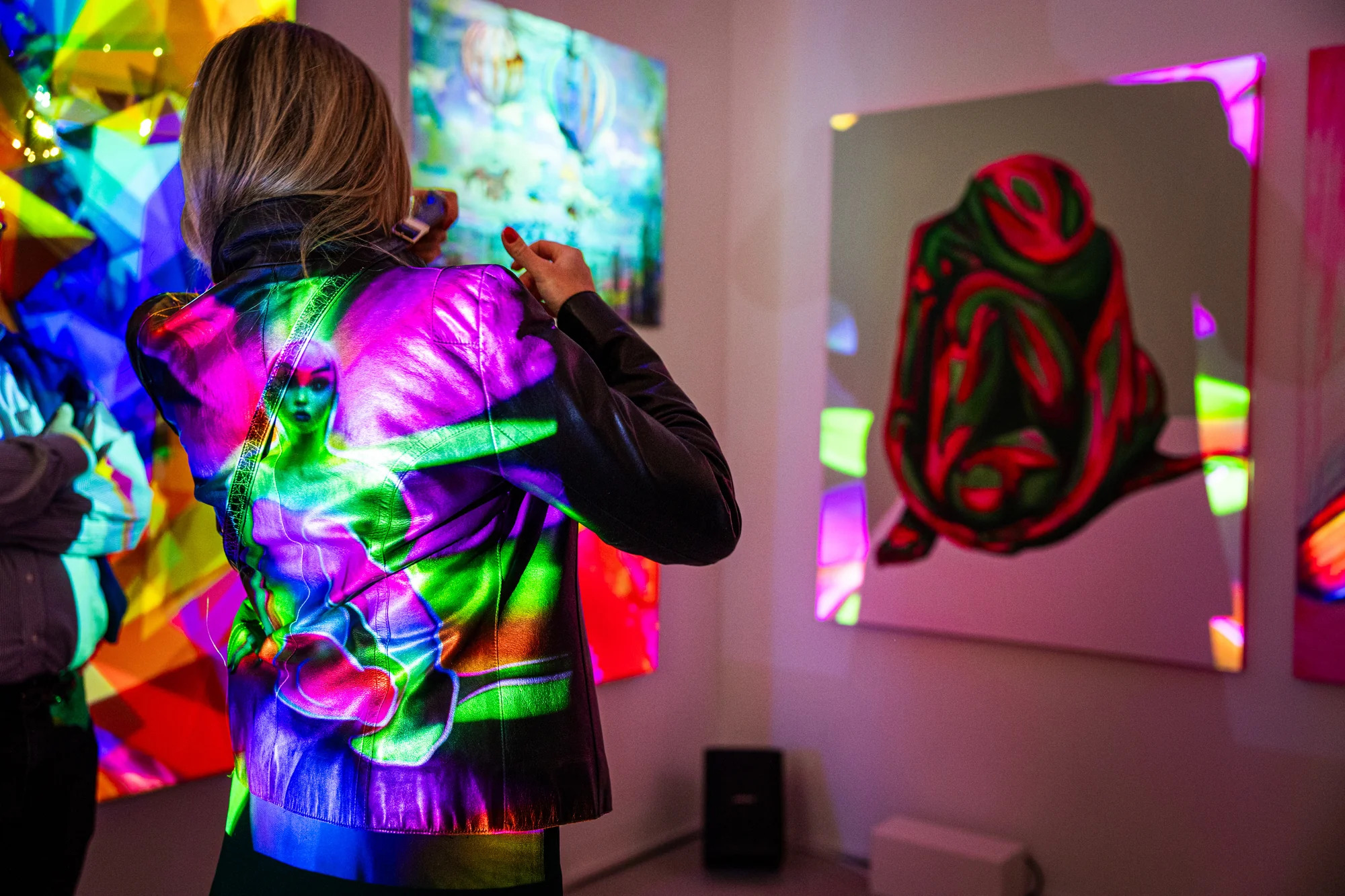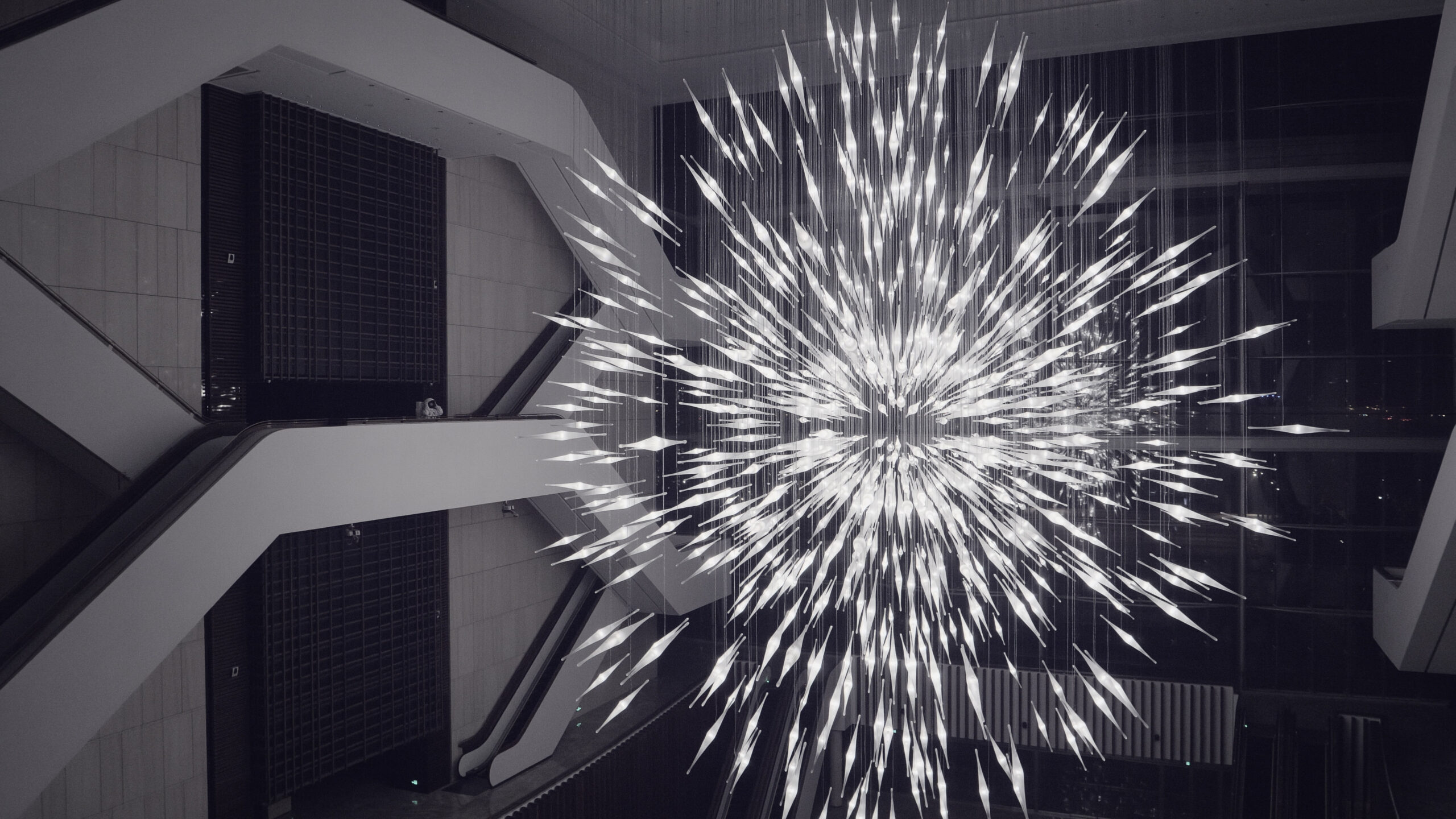In a world increasingly shaped by digital simulations and precision algorithms, Takahiro Matsuo’s “The Creation” stands as an arresting testament to the human capacity to merge technology with deep-reaching artistic vision. Being the winner of the 2024 LIT Awards, this giant installation resounds far beyond its technical brilliance to reach deep into the core of cultural and mythological undertones that position this work within a greater narrative of human and cosmic genesis.
Designed by Takahiro Matsuo under the banner of Lucent Design, “The Creation” unfolds in three evocative acts: “Birth,” “Shine,” and “Vortex.” Each phase uses an interplay of light, form, and sound to elicit a visceral response. At its very core, the installation is an intricate dance of about 20,000 acrylic spheres, delicately hung by almost invisible wires, creating an ethereal galaxy. Twelve projection units have surrounded the spheres with a cascade of dynamic light flickering, merging, and transforming into a visual symphony undefinable by any static interpretation.
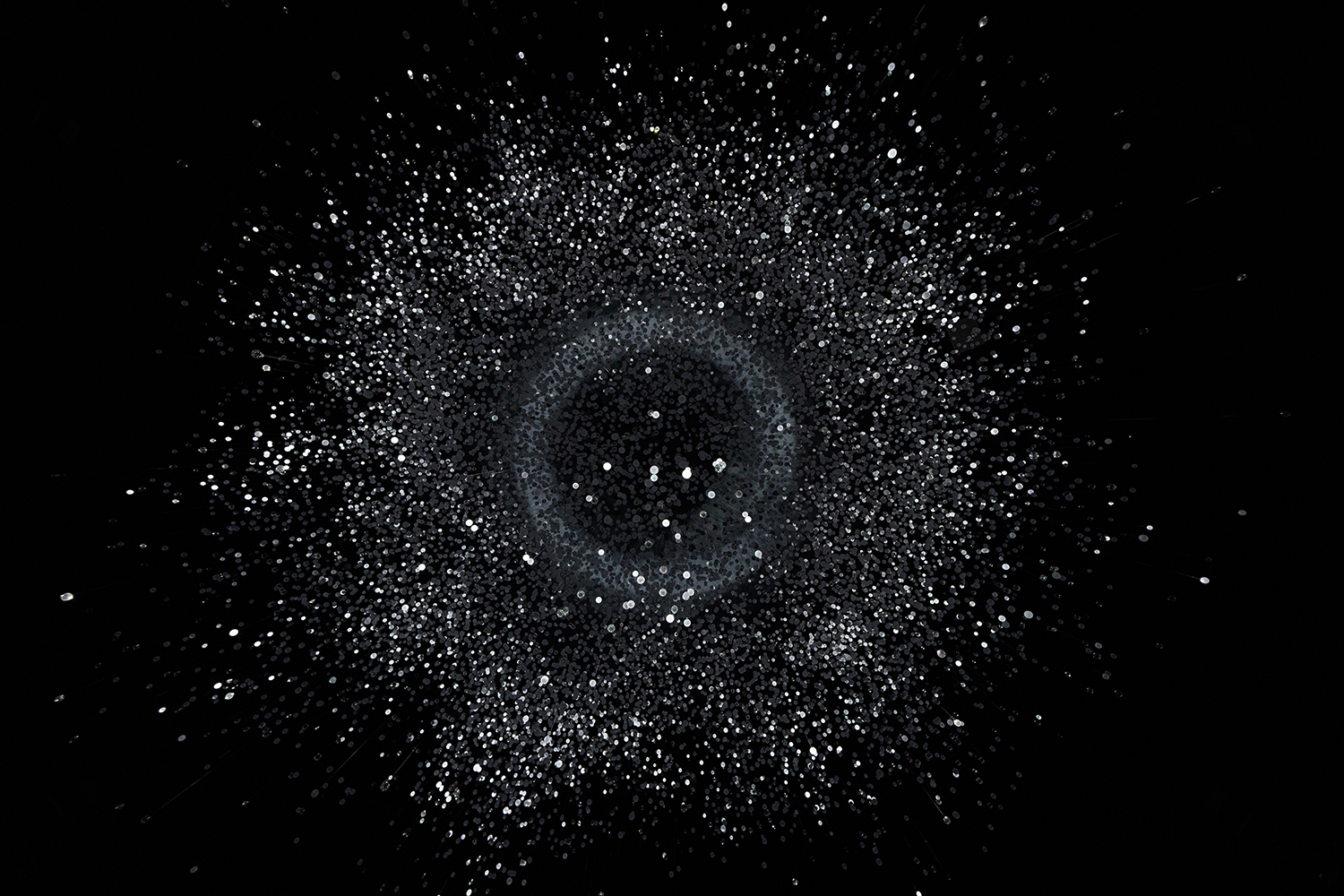
It is a perfect example of craftsmanship, whereby material and technology blend seamlessly. The variable transparency of the spheres, from crystalline clarity to subdued translucence, adds depth and texture to the choreography of light. Thus, it becomes a hypnotic tableau that shows the very beginning of the universe-the birth story imbued with both the scientific and the spiritual.
As a matter of fact, Matsuo’s works are closely related to Japanese mythology, and this relationship, though maybe not always explicitly expressed, is to be found throughout “The Creation” and gives a unique flavor to it. “The Creation” follows the patterns of “Izanami” and “Izanagi,” the Japanese mythological counterparts, godly parents who created the islands of Japan. Besides, at the instigation of the gods, with the jeweled spear plunged into the cosmic waters, the clusters of light, swirled and coalescing by Matsuo, emulate the creative act of the gods to bring order out of chaos. Of all, perhaps the “Vortex” phase brings one back to the Ame-no-Uzume, the goddess of dawn and mirth, whose dance brought Amaterasu, the sun goddess, out of her cave, returning light to the world.
More importantly, the light and the emotions evoked by the installation speak for Shinto beliefs in a natural phenomenon as enactments of godly will. This is the unproblematic marriage of natural imagery-galaxies, vortexes, organic clustering-with advanced technology, which speaks of a peculiarly Japanese philosophy that is in the harmonious interrelation of nature, man, and ingenuity.

Matsuo’s philosophy that “light has the power to move emotions” is palpably realized in “The Creation.” An installation that is not intellectual but an emotional odyssey. The viewer is at liberty to travel to successive steps in cosmogenetic and anthropogenetic processes, from the spark of life in “Birth” to the luminosity of the creation in “Shine,” up to the centrifugal pull of “Vortex.” Every one of these phases evokes different emotional responses, from astonishment to introspection, and attests to the fact that Matsuo is indeed capable of providing an experience directed toward the body and senses just as toward the intellect.
“The Creation” also reflects the Japanese cultural ethos of “Monozukuri,” the spirit of meticulous craftsmanship and innovation. Advanced computer graphics and physical simulations may have been the wellspring of this installation, but its realization is redolent with artisanal qualities that lift it from the plane of technology into that of fine art. The minuscule wires that support the spheres, almost invisible so as not to create shadows, thereby produce a very tangible appearance of floating light.
At the same time, the work participates in dialogues concerning contemporary design and art. It thereby dramatizes the question of how much the artificial structure contributes to the evocation of the natural phenomenon. Thus, Matsuo blurs the line between organic and artificial to make us rethink our relationship with either.

Although “The Creation” is deeply rooted in Japanese cultural and mythological narratives, the work has universal appeal. The theme of genesis, transformation, and creativity just doesn’t stop at the borders of culture but creates a meditative space where viewers of different upbringings can show resonance. For example, the galaxy-like density of the clusters of light could be thought of as anything from the Big Bang to the neural networks of the human brain, showing how everything in this world is connected.
“The Creation” by Takahiro Matsuo is a shining masterpiece, bridging gaps between the ancient and the contemporary, natural and artificial, tangible and ethereal. Interlacing Japanese mythology, advanced technology, and the universality of the theme, Matsuo has come up with an installation that is as intellectually appealing as emotionally touching.
“The Creation” is a journey of light and space, reminding us of the bottomless possibilities that human creativity can achieve. Celebrating this work, the LIT Awards have identified a singular accomplishment in design and, at the same time, thrown light on what the future holds for spatial and light art. Takahiro Matsuo’s work, just like the myths it speaks to, will most definitely transcend time, to be passed on for a very long time, fascinating and inspiring many.
